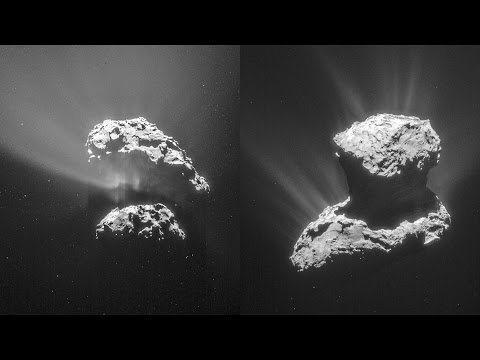The Dance of the Planets: Understanding the Movements of Celestial Bodies
The Dance of the Planets: Understanding the Movements of Celestial Bodies
The night sky has long captivated the human imagination, with its twinkling stars and mysterious planets moving across the darkness. For centuries, astronomers have been studying the movements of these celestial bodies, trying to understand their patterns and predict their future positions. One of the most fascinating aspects of this study is the dance of the planets – the intricate choreography of the planets as they orbit the sun and interact with each other.
The planets in our solar system move in predictable patterns, following the laws of gravity and motion set out by Sir Isaac Newton in the 17th century. Each planet orbits the sun in an elliptical path, with the sun at one of the foci of the ellipse. The speed of each planet’s orbit is determined by its distance from the sun – the closer a planet is to the sun, the faster it moves.
But the planets do not simply move in a straight line around the sun. They also interact with each other through gravitational forces, causing their paths to be slightly altered. This can result in complex movements, such as retrograde motion – when a planet appears to move backwards in the sky for a period of time before resuming its normal forward motion.
The dance of the planets is most easily observed from Earth, where we can see the planets moving across the sky against the backdrop of the stars. The ancient astronomers believed that the movements of the planets were a reflection of the gods’ will, and they carefully mapped out the positions of the planets in the sky to predict the future.
Today, astronomers use advanced telescopes and computer simulations to study the movements of the planets in even greater detail. By tracking the positions of the planets over time, they can predict when and where each planet will be in the sky, allowing us to plan observations and study their behavior.
Understanding the dance of the planets is not just a matter of scientific curiosity – it also has practical applications. For example, the movements of the planets can be used to navigate spacecraft through the solar system, taking advantage of the gravitational interactions between planets to save fuel and travel time. The study of planetary movements also helps us to understand the origins and evolution of our solar system, shedding light on the processes that shaped the planets and their orbits.
In conclusion, the dance of the planets is a fascinating and complex phenomenon that has intrigued astronomers for centuries. By studying the movements of the planets, we can gain a better understanding of our place in the universe and the forces that shape the world around us. Next time you look up at the night sky, take a moment to appreciate the intricate dance of the planets, and marvel at the beauty and complexity of the cosmos.













